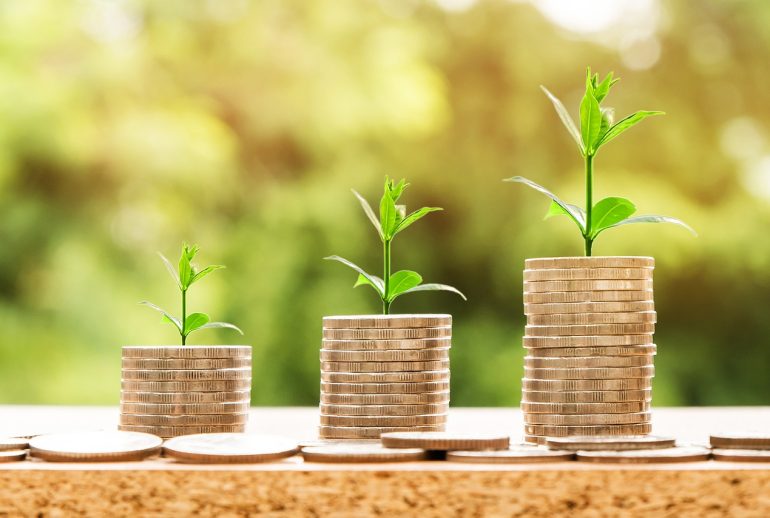One thing we can all agree on, is that life is full of uncertainties and there’s no way to predict the future. But what we can do is to become better prepared for these events that are unpredictable. Some of the ways we edge our bets are to invest into various insurances such as accident, life, and health. However, there is also another way to protect ourselves especially against economic upheavals by starting an emergency fund.
If you have ever lost your job, or your vehicle broke down and there is no money available to help you through these situations. Then you know having an extra fund in place for events like these would reduce your stress considerably. This is where an emergency fund can bring you some peace of mind.
What is an emergency fund?
An emergency fund is an account you wish you had when faced with certain crisis situations, whether man-made or acts of God. As its name suggests, this account must be used for emergencies or unplanned events. This is like a safety net or a cushion to help absorb the blows of these circumstances, which can be very debilitation to your finances, livelihood, and your overall wellbeing.
Personal Warranty
Establishing an emergency fund is like creating and maintaining your own warranty to safeguard your assets and to keep you afloat until your life returns to normal. For example, having a manufacturer’s warranty for your motor vehicle or computer allows you to worry less knowing that whatever happens you are covered. Therefore, having an emergency fund will help you to gain access to funds set aside for cases where you no longer have a manufactures or extended warranty, and or any other crisis situation that requires funding.
Expenses to consider for this fund.
In order to set up this account – you will need to spend some time listing your monthly expenses so that you can have an idea of your total expenditures for the month. Some of these expenses should include:
- Mortgage or rent
- Loan repayments
- Credit card payments
- Utilities
- Groceries
- Subscriptions – such as Amazon, Netflix, Disney, etc.
- Childcare or tuitions
- Transportation
- Healthcare and Insurance premiums
How much money do I need in this fund?
Six (6) to twelve (12) months of your monthly expenses is the recommended amount. For example, if your total monthly expenses are $4,500.00 – then you should multiply this by six (6) for a six-month period or by twelve (12) for a year. The result would be $27,000.00 and $54,000.00 respectively.
The good news is that you get to decide the period for the essential expenses you would like to cover. Bearing in mind that the length of the period maybe heavily dependent up on the following factors.
- If your industry is prone to layoffs – then having emergency fund is crucial.
- Economic upheavals that might influence how soon you get employment or stayed employed.
- The age of your assets, such as your home and/or how reliable is your motor vehicle. The older these items – the more costly the maintenance will be.
- If you are the sole bread winner on a fixed income with elderly parents, young children, and an unemployed or sick spouse. Then the more money you can accumulate for a longer period might be ideal, given your situation.
Where can you open this account?
This fund can be established at any financial institution that accepts deposits. However, you should ensure that this institution is covered by the Federal Deposit Insurance Corporation (FDIC) if it is a bank or by the National Credit Union Administration (NCUA) for credit Unions. They are several savings options available; however, my account of choice is the Money Market account. This account offers competitive rates of return, can be accessed easily, flexible and no minimum balance required in some instances. Please take some time and talk to your financial advisor or an agent at your bank. They would be more than willing to walk you through the pros and cons of this account or any other account of your choice.
How to save in this account
These are some of the best ways to save in this account:
- Decide on the savings account that is right for you. One that you can access easily with a card or one that facilitate check disbursement. In an emergency, you should have no trouble obtaining your money.
- Start with a balance you can afford based on your current financial position. The objective is to start the process.
- Increase this amount every time you get a raise or yearly. This is crucial to combat the effects of inflation. It would be pointless for your account to be lagging behind while the price of everything keeps rising. Increasing your contributions to the fund is one sure way of keeping you on par with inflation.
- Use direct deposit from your paycheck or bank account. This will help to reduce the temptation to use the money that you intend to save. By using direct deposits, you will develop the discipline to live off, of what you have available after automatic saving deductions.
- Send some are all of your bonuses or tax returns until the account reaches your goal. You can always treat yourself but be sure to top up your emergency fund first. This will help you to achieve your target balance quicker.
- Do not skip deposits are transfers to this account. Treat it as a recurring bill that must be paid.
- Trim your expenses and send the excess to this account.
- Do not use this fund to purchase gifts for Christmas, birthdays, anniversaries or to go on vacation. This is not the purpose of the account – so do not even think about it.
A bonus way to save in this account is to treat all withdrawals as a loan to yourself. This will ensure that the fund is kept at the target amount. We are all guilty of not replenishing our savings because it is ours, and no one is demanding repayment. However, if you develop the habit of replacing what you withdrew, the fund will always remain available to serve you when you need it most.


